In a rare breach of morning protocol, the Landcruiser was packed and the premises vacated even before breakfast the next day.
The keys dropped off, we asked for advice on the best place to purchase some kind of coffee-making apparatus, and drove down the main street two full stop signs and a bit. To our utter delight, the recommended shop not only sold coffee makers but they were authentic Bialetti’s!
We replaced our missing Italian genie with great relief, ordered a few flat whites* for the road and had them poured in our flask. With the unavoidable rusks we carried in the sacred breakfast box, things were looking up.
Hitting the road, coffee and rusks were handled while we headed north-northeast through the Highlands Meander, staying on the R540 that had lead us to Dullstroom. The next town, as most others in the region, had been given a new local name: Lydenburg is now Mashishing. There we took the R36 to Ohrigstad.
We were driving through a rather rugged area of old, eroded mountains. It was the northern end of the Drakensberg range, the same stunning mountains we had explored on horseback during our trip to Lesotho. This time though, we were blessed with nearly empty roads in very decent condition.
The Kruger Park is roughly L shaped, but the L is facing left, and west. At that point we had long passed the latitude of the park’s bottom and were climbing parallel to its western flank, aiming for an entry point about one third of the height up.
Some time after Ohrigstad, Marie had one her brilliant moments; following a train of thought probably started long ago and that only she could understand, she mentioned, almost casually: “Of course the Blyde River Canyon is just east of us. I wonder if we should go check it out. It’s one of the largest in the world.”
My heart skipped a beat. Marie’s moments are always to be taken seriously. We owe her, among other things, the genius of a 1,000 km impromptu detour from Keetmanshoop in Namibia to the Kgalagadi Transfrontier Park, and the exceptional feline sightings that followed.
We looked at the map carefully, figured out we didn’t need to get lost on small roads and waste hours getting there, and opted for a frontal approach. The problem is, right when we should have turned and approached, my full attention was grabbed by a sign advertising caves, and as I wondered whether they were truly prehistorical and for how long our ancestors had sought shelter in them, I just missed our turn.
When we realized our mistake, we turned around and spent an hour seeking a view point over the canyon rim despite being really eager to get to our Kruger date and relax. The photos, I hope, say it all. Majestic, eerie, the section of the Blyde River Canyon that we saw was well worth the detour and something we could have spent days exploring.
It is the second largest canyon in Africa and indeed one of the world’s biggest. Twenty-six kilometers long, it has an average depth of 760 meters (2,500 feet), with a maximum of 1,300 meters (4,500 feet). It it is inhabited by hippos and crocodiles. No kidding.
Back on the road to the park, we did a gigantic semi-circle to the northeast around the canyon mountains, then angled slightly south and headed into flatter terrain. There were many orchards, and colorful boxes of large oranges were sold at multiple stalls along the road.
That kind of spontaneous business seems to suffer from its very design because, unable to choose a specific stall in a row of five or ten and self-conscious about it, we delayed buying oranges until the next opportunity.
It never came. The fruits for sale we had skipped were the last ones we would see for ten days. Inexplicably, though the Kruger is surrounded by farmland and orchards, someone must be purchasing and stocking up for SANPark shops centrally and they are rather pitifully supplied.
The Kruger park is so vast that road signs do not refer to it by name but rather point to its nine gates. We would be entering from the west through the Orpen Gate, about 120 km from the southern end of the park and 240 km from the northern tip as the crow flies.
Finally, mid-afternoon on the third day of our trip, some 2,000 km from Cape Town, we arrived at our destination.
A guard at the Orpen Gate handed us a registration form, to be filled along the way to the actual Orpen Camp where we would check-in for our remote first night at the Tamboti Tented Camp. It was hard to imagine that on one side of the fence humans were the cruelest creatures around and that on the other, the lions won that title. The difference, however, is that lions are blissfully self-unaware.
The gate was surrounded by high electrified fencing and the road equipped with a cattle grid, but it still looked deceptively easy for a wild animal to cross. But why would it? Any animal on the inside of that immense fence can roam freely not only within Kruger, but through the entire Limpopo Transfrontier Park as there are no borders between the three countries forming it.
That means 35,000 square kilometers (13,500 sq. mi.) of wild playground, or a little over the size of Belgium. When the Limpopo Park is complete and the final dependencies have been included, it will reach 100,000 square kilometers, or the size of Iceland.
Trying to grasp the immensity that lay ahead of us, we left the gate behind and proceeded into the park, well below the paved road speed limit of 40 km/h (25 mi/h). On secondary dirt roads, the limit would be even lower.
It was only a few kilometers to the main camp and we were moving through a kind of vegetation called mopane woodlands, thick bushes the size of small trees, limiting visibility to the immediate vicinity.
Suddenly, just as it had happened upon our very entry into the Kgalagadi Transfrontier Park when a leopard simply materialized for us, we came to a grinding halt and our eyes widened. A small herd of African elephants was crossing the road right in front of us.
I blinked a few times and scrambled for the camera, the engine killed as it would be so often, out of respect for animals and peers. Within minutes of our entry to the park, the first of the Big Five had now appeared. There would be many more sightings, but this one remains special as it was the first time I had ever seen such magnificence on land.
Despite having younger individuals with them, the adults did not seem nervous. I think we were, though, and we watched their reaction carefully as we resumed our advance and passed them by.
• ♦ •
Now I must get off my storyteller chair for a moment and explain a few things about this series of posts. Staying in the Kruger, or any other game park for that matter, is about following a routine through the unexpected. All days are sketched out about the same, turning out surprisingly differently but initially sharing a common skeleton.
An early rise is mandatory. Up before dawn, one stumbles in darkness to make breakfast and either swallows it on the spot or packs it in time to make the camp gate as it opens, and goes for a drive with high sighting potential since animals are most active early morning and late afternoon.
On busy or famous roads, the presence of something really cool is often announced by a pile-up of cars, stopped at odd angles across the road, each driver trying to get a good view, a clear angle. This busy anarchy is an unfortunate consequence of the park’s accessibility and it makes the private encounters with rare game even more exciting.
Back from the drive a bit before or after noon, one must then deal with the mid-day heat and kill time around camp. This is a good opportunity for washing the dishes, doing laundry and other highly intellectual activities. Then comes the second drive, mid to late afternoon, equally exciting in terms of sightings.
But everyone has to be back to camp in time to get through the gate before it closes – driving through the park at night being strictly forbidden. It’s then braaing time. Fires are lit up, drinks poured. When coals have formed, sausage and lamb, quintessential ingredients of braaing, are placed on grills and sizzle in the night, enveloping the camp in mouth-watering fragrance. And then it’s an early sleep. This cycle repeats over and over again, with the possible variation of the morning drive being replaced by a move from one camp to another.
So while I have decided to make this series chronological and more or less based on a daily report, the in-Kruger posts themselves might tend to be alike and the pictures similar. If you don’t enjoy elephants, giraffes, lions and stunning African landscapes, you might want to skip this blog and go play on Facebook or Netflix. This is going to be repetitive in a way, animals seen on the first day often looking very much like the ones seen on the last.
But the Kruger is about much more than seeing game and driving from A to B. I think it is mostly about one’s own journey, a trip through self-awareness, quieting the mind, learning to listen to the senses and instinct, gradually getting accustomed to the wild, understanding, bits at a time, animal behavior and nature’s patterns, and tuning into the broadcast of the savanna.
So make no mistake about it. The elephant picture I took on the day we entered the Kruger Park differs from the one I captured the day we exited. It might even have been the same specimen but I, pressing the shutter, certainly was a different man.
I went from the wow factor, Here is the largest mammal I have ever seen on land, to a more intimate relationship, the beginning of an understanding of this fascinating ecosystem: Elephant needs bush, eats bush, destroys bush, overgrows its habitat, must be restrained and entire families are culled, attracts public attention and sympathy, multiplies again, complicates the Kruger, and yet is just doing its thing while we interfere and over-analyze. Now back to our story…
• ♦ •
Check-in at Orpen after going through another gate – a tight inner fence around the camp this time – was expedited. Camps are fenced-in for the protection of their visitors. It’s like being in a safe bubble, or an aquarium with the fish swimming freely around it. Satellite tented camps like the one we were going to do not have a reception and are controlled from the main camp.
We drove 15 minutes on a dirt road and arrived at Tamboti. Another gate, left open during the day and unattended, and we were in. Tamboti is very bushy and tall trees cast welcomed shade. We immediately asked ourselves what would prevent a leopard from sneaking into the camp through the open gate during the day, and still be there at night once the gate was locked and we walked under the trees to the ablutions block. There was no good answer to that question, other that a statistical reassurance similar to that of lightning always hitting other people rather than us.
Our tent was solid canvas erected on a wooden platform. There was the obligatory braai a little to the side, and up on the deck, an actual metal locker made of open mesh, with shelves on one side and a fridge on the other. As I have said before, SANParks sites are always very well equipped and comfortable. But their camps attract opportunistic feeders and we were asked to lock all food in to avoid theft by the local rascals – namely honey badgers, monkeys and possibly jackals. The large tin garbage can across the path was of the animal-proof type, equipped with a heavy lid mounted on a central axis that had to be lifted straight up in order to be opened.
The tent stood right up against the perimeter fence on a depression leading to a dried-up river bed. On the other side of the dry patch, large trees and grassy fields made for nice grazing grounds. There were very many footprints in the river bed sand, including unmistakably large elephant tracks. Marie has nice pictures of the camp.
We unpacked, carrying what was necessary for dinner and sleeping from the Landcruiser parked out of sight at the end of a thickly vegetated alleyway. Then we poured ourselves the ritual camping afternoon G&T, on ice with lemon slices. We sat down on the deck, telephoto-mounted cameras at our side, and sipping with delight, we took a series of long, deep breaths and smiled. We had arrived.
Red-billed hornbills paid us a visit, then double-collared sunbirds, brown headed parrots and grey loeries.
Eventually, we went for our afternoon drive, spotting our first of many zebras, bokkies and gnus – or should I say wildebeest. Not having much time to spare, we stayed on the main road. The sky was still a bit hazy but had opened up and so had our hearts. Not a building to dent the horizon, nor power lines to abuse it with pylons stuck into the earth like as many splinters. There was the occasional communications tower, and once in a while we would find an old windmill, used to draw water up to waterholes before artificial water sources had been condemned.
We got back at dusk around 5:25 p.m., the gate closing at 5:30 p.m. on a winter schedule. Lighting up candles, we started our braai and cooked lamb chops. Across the river bed, baboons began howling in a huge tree. They would be at it all night.
After dinner we conservatively drove the Landcruiser to the ablutions, 100 meters away, to shower. A bit embarrassed, we noticed that others did the same. Later though, I tested my nerves by walking back over there. No reason to be alarmed, I told myself, but pitch blackness, theoretical proximity of predators and the unanswered question about gate permeability made me scan the trees repeatedly with my headlamp.
In the middle of the night we heard an animal walk up the steps to our deck and thirstily drink our soapy dish-washing water. A bit later, loud garbage-can noises announced a possible breach. We got up and looked through the mosquito screen with a flashlight. A honey badger was comfortably stretched into the can, having lifted the lid effortlessly and let it drop back down on itself, its back side hanging down so that it could not fall in and get locked up.
Honey badgers are said to be quite intelligent and skilled at handling tools, and they are ferocious, able to repel even a lion’s attack. He did not seem to appreciate our left-overs, however, and for the next hour or so, we could hear him touring each garbage bin in the camp. So much for animal-proof.
Nature adapts.
«Slingshot to Kruger» Series
Want to read the entire series of stories? Start here
Already reading sequentially?
Previous story: Slingshot to Kruger, Part 2 – Mpumalanga Worries
Next story: Slingshot to Kruger – The Map
Marie’s recount: Kruger National Park
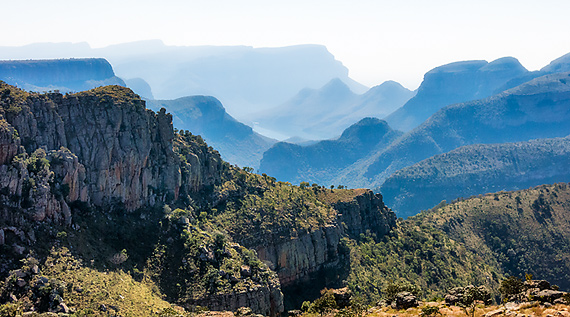
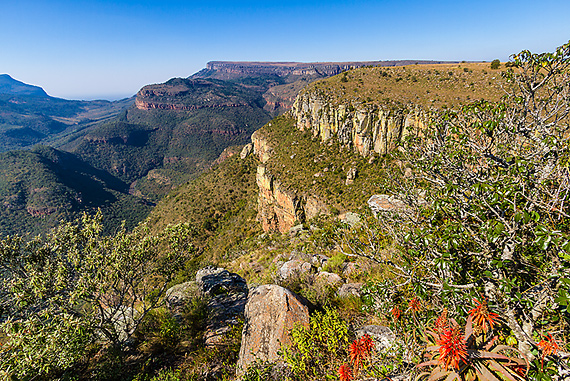
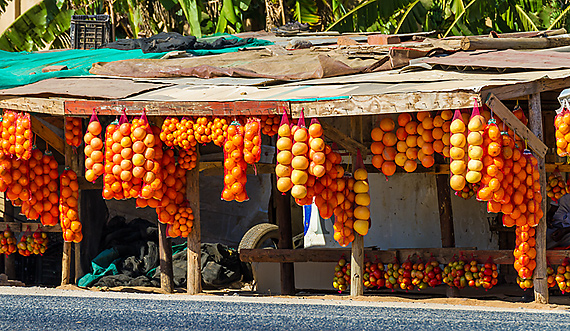
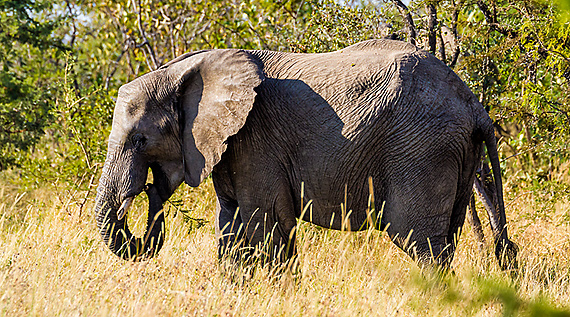
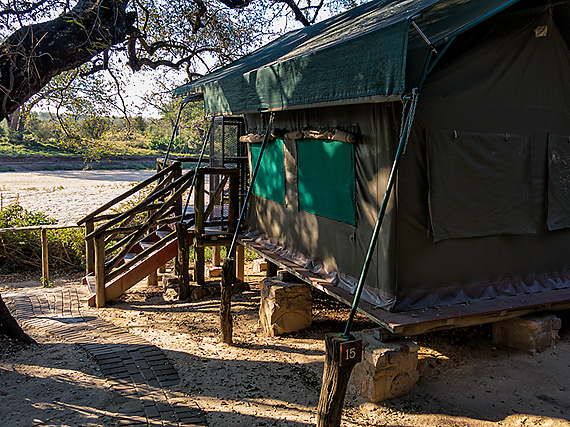
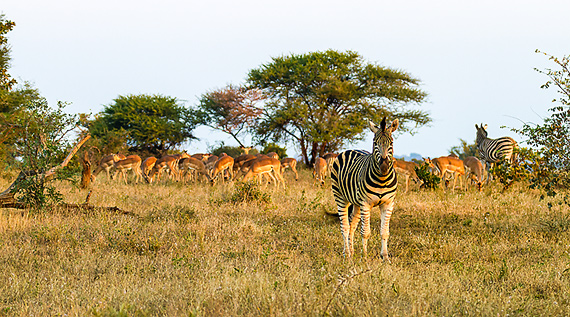
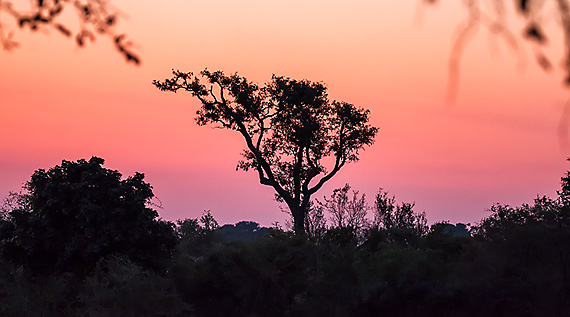
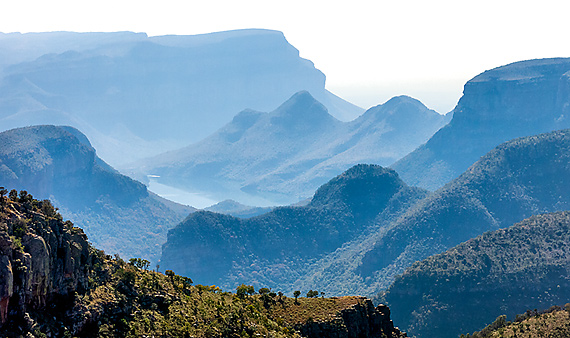
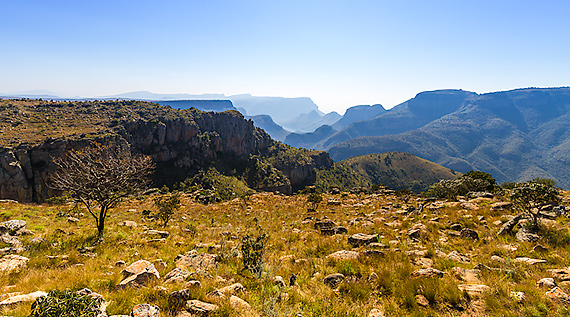
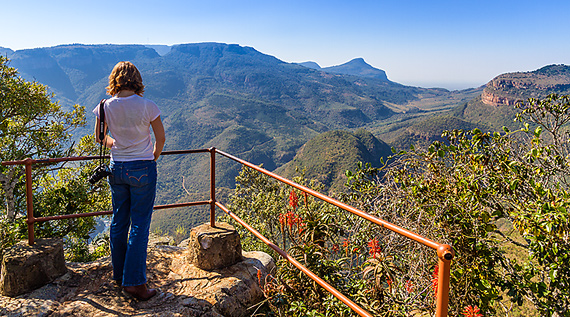
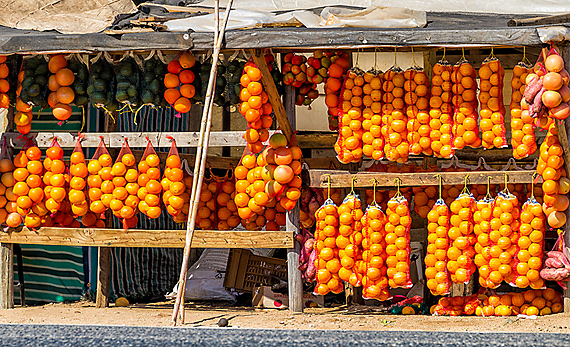
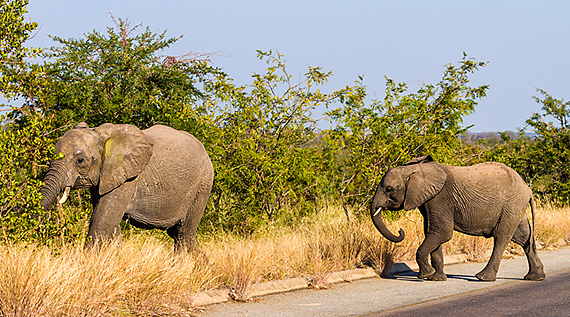
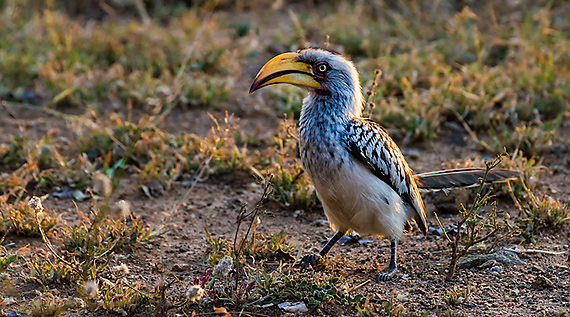
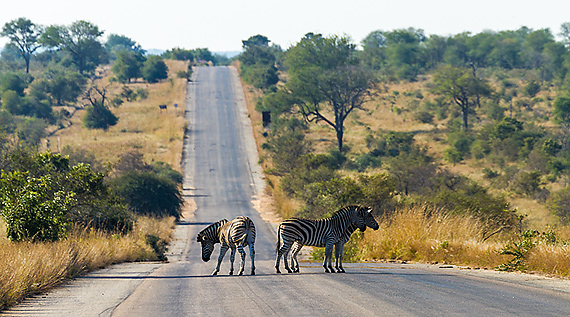
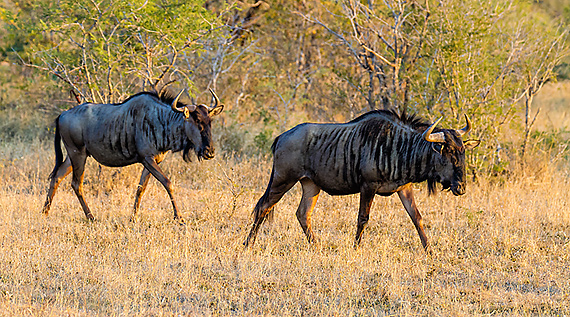
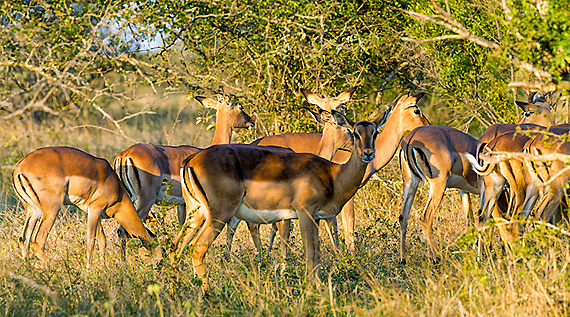
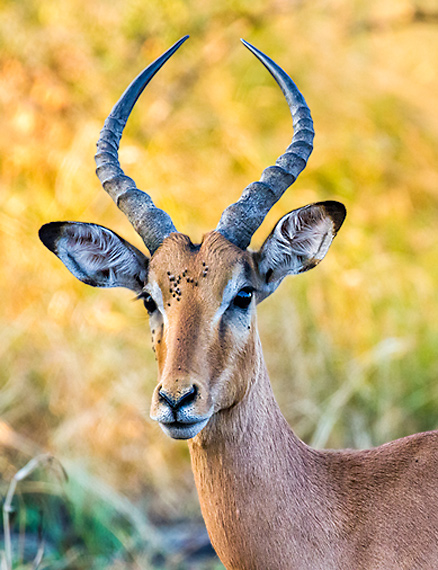
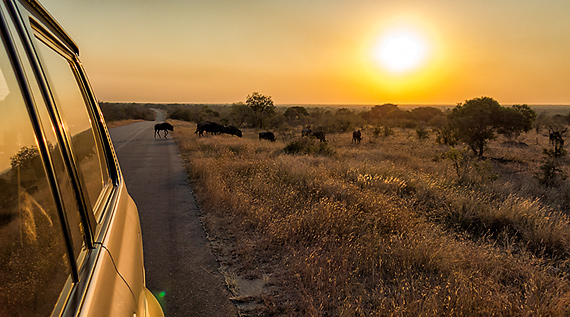
Comments
Marie
Vince
Dreamer
Kath
Vince
Lisa
Vince